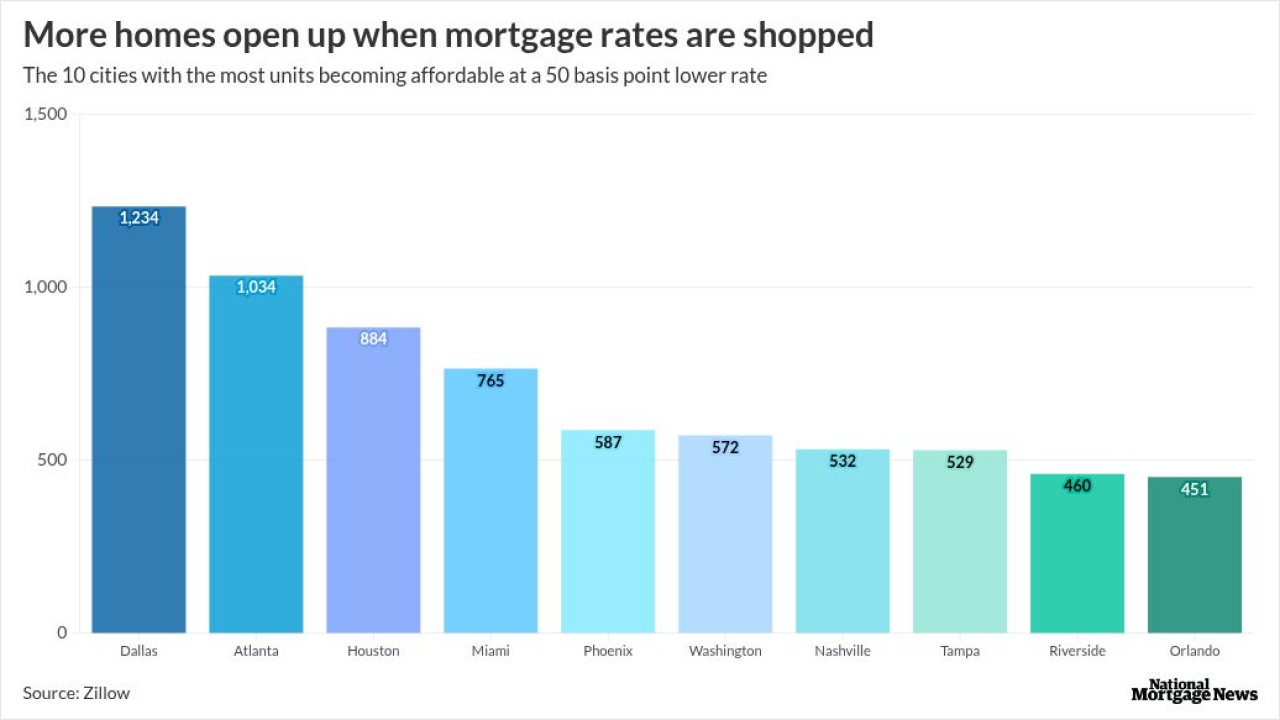More should be done to measure stresses on
That's a key takeaway from a new independent working paper written by Federal Housing Finance Agency staff, which notes that in a stressed period, within a single state like California there can be a 20-basis-point range of declines locally.
"Moving to [core-based statistical area]-level stress paths could improve credit risk measurement," economists and researchers at the regulator and conservator for large government-related mortgage investors concluded from the study of home-price data.
Some experts have pushed for local price analyses given how they differ from national and state approaches and have characterized the risk of inflated values less as a broad trend than as what they termed (in a phrase borrowed from Don Ho's hit song) "tiny bubbles."
Even in the national housing bubble that peaked in the fourth quarter of 2006, burst and has been measured through 2012's first quarter, state and regional differences have been clear.
The average price decline in California was 54%, but within the state were larger drops like 58.7% in Riverside and smaller ones like 38.7% in San Jose, the new working paper noted. In comparison, the average national decline was 36.1% during the period, compared to 64.9% in a state like Nevada or just 12.4% in Texas.
While experts have been broadly aware of such differences, there have been limits to how granular common measures used to manage risks through stress tests or capital requirements have been.
The study adds to arguments for more localized analysis in mortgage risk management.
The authors of the report applied three methodologies from other researchers at national, state and local levels to two different sets of mortgage numbers and found that the broadest analysis consistently underestimated risk in a housing downturn.
The individual values differed for the two groups of loans studied and by model, but the directional relationship between the numbers was similar, the study found.
"We observe the lowest level of stress losses when applying the same national house price path to all loans," they said in the report. "Estimated losses then monotonically increase as we apply more geographically disaggregated house price paths."
While current home prices generally have remained high due to limited supply
For a home price decline of just 10%, the stress loss estimate was 1.35%. Then it escalated respectively to 20%, 1.57%; 30%, 2.98% and 40%, 6.61%, the study found.
"As the size of the down shock increases, the magnitude of the stress loss estimate increases," authors Alex Bogin, LaRhonda Eale, Kirsten Landeryou, Scott Smith and Andrew Tsai said in the report.





